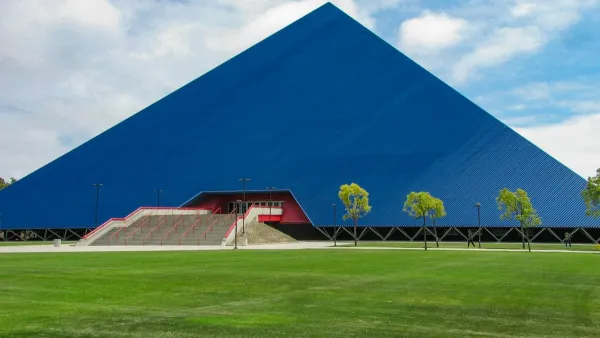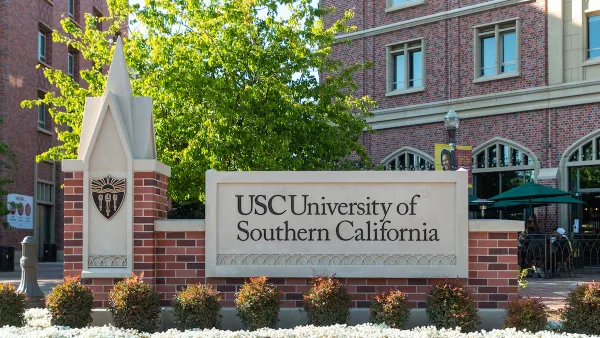The rise of the innovation economy is driving fierce competition between cities across America to attract medical facilities and universities as job providers and engines of development.
The role of the medical industry and higher education in stimulating development, and boosting employment, is the focus of reporting by Urban Land Magazine's Mike Sheridan. As America moves from a manufacturing economy to a knowledge economy, medical facilities and universities are leading the diversification of metropolitan economies across the country.
"Among the 100 largest cities in the country, two-thirds have medical facilities and universities as major employers, [Tom Murphy, ULI senior resident fellow, and former mayor of Pittsburgh] notes. 'Over the last 20 years, we've watched a real turnaround in cities that historically were manufacturing based, and over the years it's all changed,' he says. 'Medicine and education have become economic generators in cities including Baltimore, Boston, and a number of others. It speaks [volumes] about the loss of manufacturing jobs and also about the increasing impact of medical facilities, which are not only providing care and education, but also becoming major research centers with a major economic impact.'"
In post-recession Florida, Orlando is looking to Lake Nona Medical City to provide jobs and economic development. With partners such as the University of Florida, Nemours pediatric health care system, and U.S. Department of Veterans Affairs, Lake Nona's Medical City campus is expected to provide thousands of new jobs and generate billions of dollars in construction spending.
Understanding the growing importance of such facilities, cities across America are offering lucrative incentives and building infrastructure to lure colleges and medical cluster anchors. "Communities-and developers-seeking to attract medical clusters should be patient and listen to others who have been through the process, says [Larry Pelton, president of the Economic Development Council of St. Lucie County]. 'They should build infrastructure that is attractive to scientists and to the institutes, including housing, education, and recreation facilities, a vibrant vendor/supplier network, and a leadership team that is 100 percent committed to success,' he advises."
Thanks to Andrew Gorden
FULL STORY: Innovation Anchors: Medical and Educational Facilities Drive Development

Analysis: Cybertruck Fatality Rate Far Exceeds That of Ford Pinto
The Tesla Cybertruck was recalled seven times last year.

National Parks Layoffs Will Cause Communities to Lose Billions
Thousands of essential park workers were laid off this week, just before the busy spring break season.

Retro-silient?: America’s First “Eco-burb,” The Woodlands Turns 50
A master-planned community north of Houston offers lessons on green infrastructure and resilient design, but falls short of its founder’s lofty affordability and walkability goals.

Test News Post 1
This is a summary

Analysis: Cybertruck Fatality Rate Far Exceeds That of Ford Pinto
The Tesla Cybertruck was recalled seven times last year.

Test News Headline 46
Test for the image on the front page.
Urban Design for Planners 1: Software Tools
This six-course series explores essential urban design concepts using open source software and equips planners with the tools they need to participate fully in the urban design process.
Planning for Universal Design
Learn the tools for implementing Universal Design in planning regulations.
EMC Planning Group, Inc.
Planetizen
Planetizen
Mpact (formerly Rail~Volution)
Great Falls Development Authority, Inc.
HUDs Office of Policy Development and Research
NYU Wagner Graduate School of Public Service



























